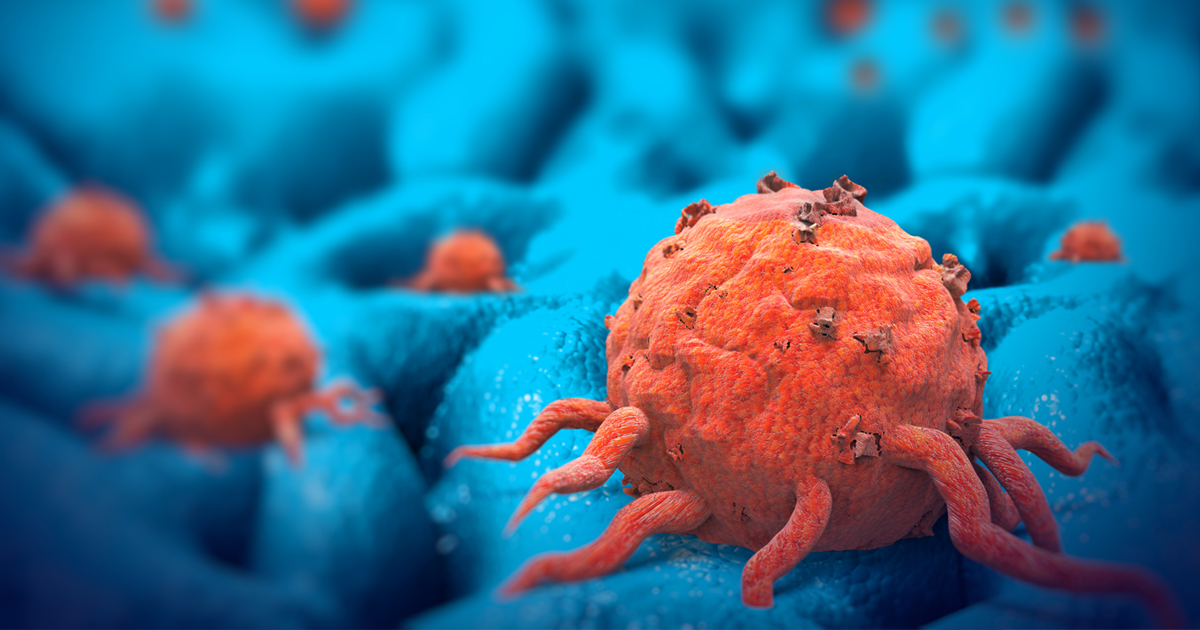Cancer is a disorder in which certain cells of the body develop uncontrollably and spread to other organs. Continuous cell division enables cancer cells to penetrate surrounding tissue and form solid tumors. Most cancer therapies include the elimination of malignant cells.
According to forecasts for the year 2020, 1,8 million new cases of cancer were identified in the United States, and 600,000 individuals died from the disease. The most prevalent malignancies are breast cancer, lung cancer, prostate cancer, and colon cancer. The average age of a cancer patient at diagnosis is 66, and 25 percent of all new cancer diagnoses include adults between the ages of 65 and 74.
Proteins are engaged in every biological function and utilise the body’s energy to undergo mechanical changes in their structure. They are referred to as biological “nanomachines” because to the fact that even minute structural alterations in proteins have a significant influence on biological processes. To facilitate mobility in biological environments, scientists have created nanomachines that resemble proteins. However, cells use a range of defense mechanisms to combat the influence of these nanomachines. This limits the mechanical movement of nanomachines that may be employed for medicinal reasons.
Dr. Youngdo Jeong and his team at the Korea Institute of Science and Technology’s Center for Advanced Biomolecular Recognition have created a revolutionary biochemical nanomachine that can infiltrate cells via the membrane and destroy them by folding and unfolding their molecules. Dr. Chaekyu Kim of Fusion Biotechnology, Inc. collaborated with Professor Sang Kyu Kwak of the School of Energy and Chemical Engineering and Professor Ja-Hyoung Ryu of the Department of Chemistry at the Ulsan National Institute of Science and Technology (UNIST).
The collaborative research team focused on the hierarchical structure of proteins, in which the axis of the big structure is hierarchically separated from the mobile components. Therefore, only certain components may rotate around the axis. The majority of extant nanomachines have been constructed with the mobile components and axis of the big structure on the same layer. Consequently, various components suffer simultaneous motion, which complicates the intended control of a particular component.
A hierarchical nanomachine was developed by fabricating gold nanoparticles with a diameter of 2 nm and combining them with molecules that can fold and unfurl based on their surroundings. In order to directly penetrate the cell membrane, damage the organelles, and induce apoptosis, this nanomachine was constructed from of inorganic nanoparticles and dynamic organic molecules that functioned as massive axis structures and determined movement and direction. Contrary to nanocarriers that convey therapeutic medications in the form of capsules, this novel technique destroys cancer cells directly via mechanical motions without the use of anticancer chemicals.
Subsequently, a latch molecule was threaded onto the nanomachine to regulate the mechanical movement required to destroy cancer cells selectively. The threaded latch molecule was engineered to only release in an environment with a low pH. Therefore, in normal cells with a somewhat high pH (about 7.4), the nanomachines’ mobility was constrained and they were unable to enter the cell. However, in the low pH environment (about 6.8) surrounding cancer cells, the latch molecules were released, resulting in mechanical movement and cell penetration.
Dr. Jeong said, “The nanomachine was inspired by proteins that execute biological activities by altering their shape in response to their surroundings. We suggest a revolutionary way for directly accessing cancer cells in order to destroy them via the mechanical motions of molecules coupled to nanomachines, without the need of medications. This might be a novel method for overcoming the adverse effects of conventional chemotherapy.”


